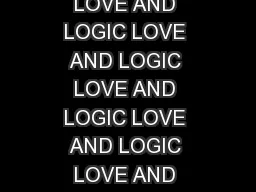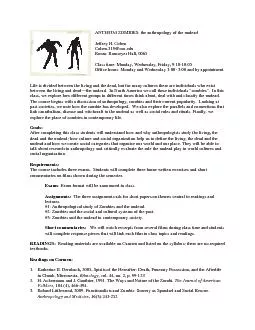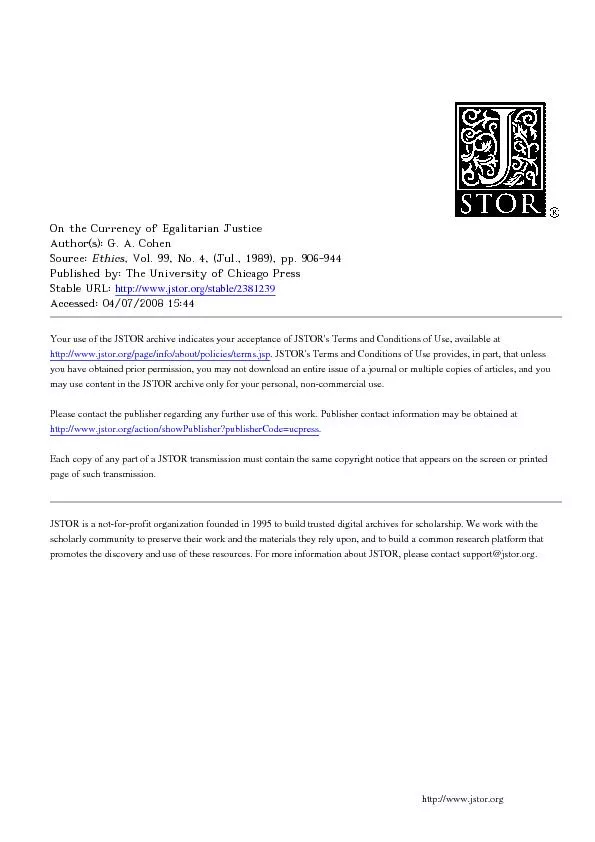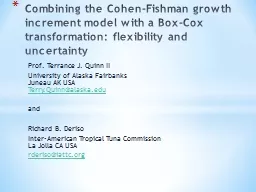PPT-The Logic of The Third Man S. Marc Cohen The Logic of The Third Man [Overview]
Author : stefany-barnette | Published Date : 2019-11-01
The Logic of The Third Man S Marc Cohen The Logic of The Third Man Overview A Central Topic The Third Man Argument TMA I the argument at Parmenides 132ab B Purpose
Presentation Embed Code
Download Presentation
Download Presentation The PPT/PDF document "The Logic of The Third Man S. Marc Cohen..." is the property of its rightful owner. Permission is granted to download and print the materials on this website for personal, non-commercial use only, and to display it on your personal computer provided you do not modify the materials and that you retain all copyright notices contained in the materials. By downloading content from our website, you accept the terms of this agreement.
The Logic of The Third Man S. Marc Cohen The Logic of The Third Man [Overview]: Transcript
Download Rules Of Document
"The Logic of The Third Man S. Marc Cohen The Logic of The Third Man [Overview]"The content belongs to its owner. You may download and print it for personal use, without modification, and keep all copyright notices. By downloading, you agree to these terms.
Related Documents

![PPT-The Logic of The Third Man S. Marc Cohen The Logic of The Third Man [Overview]](https://thumbs.docslides.com/762004/the-logic-of-the-third-man-s-marc-cohen-the-logic-of-the-third-man-overview.jpg)












